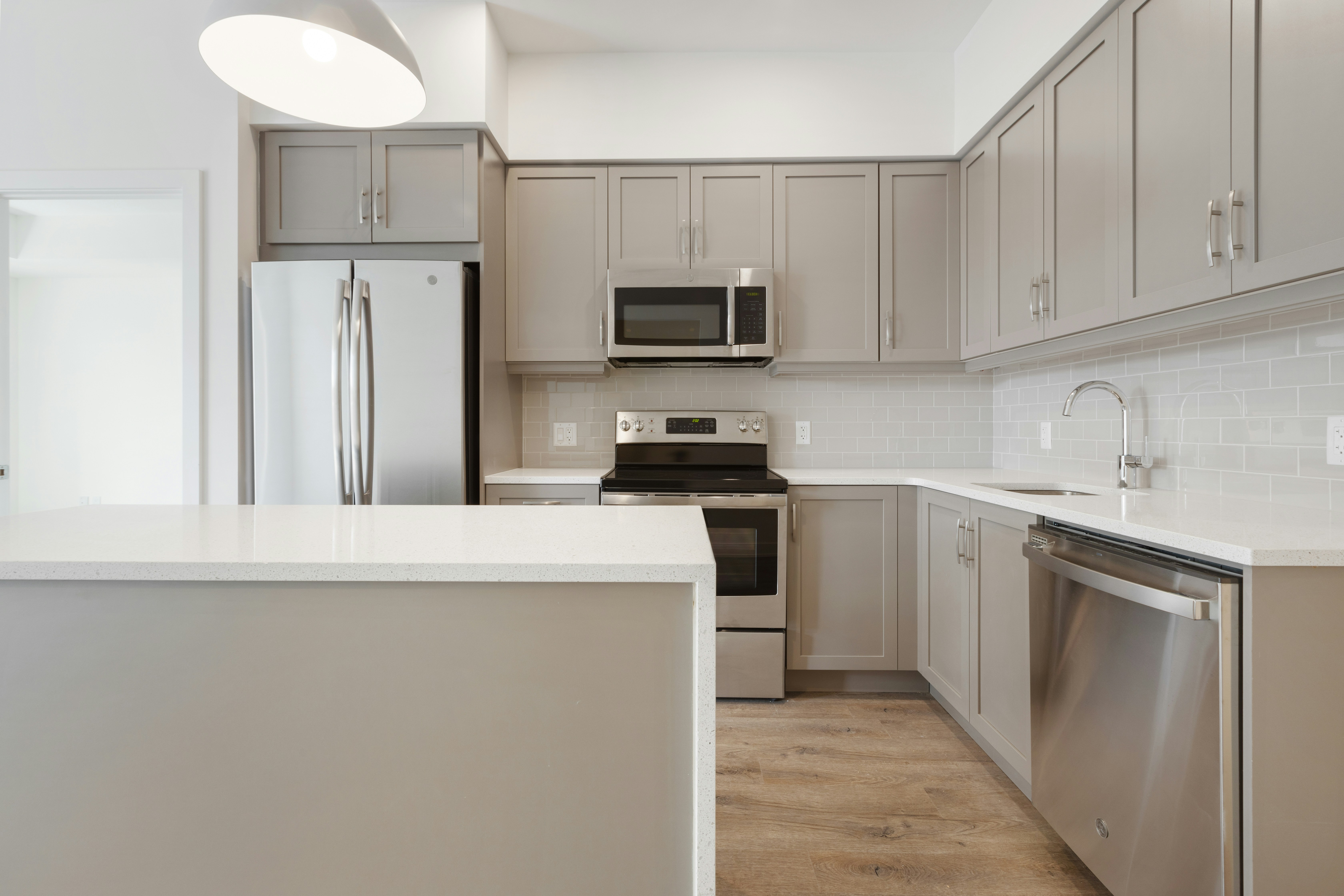Mistakes People Make When Buying a Refrigerator in the UK
Purchasing a refrigerator represents a significant household investment that many UK residents approach without adequate preparation. The abundance of models, features, and specifications available in today's market can overwhelm even the most organised buyers. Understanding common purchasing pitfalls helps consumers avoid costly mistakes and ensures they select an appliance that meets their long-term needs whilst providing excellent value for money.

Key Mistakes People Often Make When Buying a Refrigerator
One of the most frequent errors involves inadequate measurement of the intended space. Many buyers fall in love with a particular model online or in-store, only to discover it cannot fit through their kitchen doorway or into the designated area. This oversight becomes particularly problematic with American-style fridge-freezers, which require substantial clearance for proper ventilation and door opening.
Another common mistake involves overlooking energy efficiency ratings. With electricity costs continuing to rise across the UK, selecting an appliance with poor energy performance can result in hundreds of pounds in additional running costs over the refrigerator’s lifespan. Modern A++ or A+++ rated models use significantly less electricity than older rating categories, making the initial investment worthwhile despite potentially higher upfront costs.
Essential Factors to Keep in Mind Before Making a Refrigerator Purchase
Capacity planning requires careful consideration of household size and shopping habits. Single-person households rarely need massive American-style units, whilst large families may find standard models insufficient for their weekly shopping requirements. The general guideline suggests allowing approximately 4-5 cubic feet per household member, though this varies based on cooking frequency and storage preferences.
Climate class ratings often receive insufficient attention during the selection process. UK homes experience varying temperature conditions, particularly in areas without central heating or in conservatory-style kitchens. Refrigerators designed for specific climate conditions perform more efficiently and last longer when matched appropriately to their operating environment.
Design integration with existing kitchen aesthetics matters more than many buyers initially realise. Freestanding units versus built-in models each offer distinct advantages, but the choice significantly impacts both functionality and visual appeal. Built-in refrigerators provide seamless integration but typically cost more and offer fewer size options compared to freestanding alternatives.
Tips to Ensure You Make an Informed Decision When Purchasing a Refrigerator
Research manufacturer warranties and after-sales support before committing to any purchase. UK consumer rights provide basic protection, but extended warranties and reliable customer service become crucial for appliances expected to operate reliably for 10-15 years. Some manufacturers offer superior parts availability and local service networks, reducing potential repair complications.
Consider future needs alongside current requirements. Young couples planning families may benefit from larger capacity models despite current minimal usage. Conversely, older households may prefer easier-access designs with adjustable shelving and reduced bending requirements.
Technology features deserve evaluation based on practical necessity rather than novelty appeal. Smart connectivity, water dispensers, and ice makers add convenience but also introduce potential failure points and maintenance requirements. Buyers should honestly assess whether these features justify their additional costs and complexity.
| Model Type | Typical Capacity | Price Range | Energy Rating |
|---|---|---|---|
| Under-counter | 100-150L | £150-£400 | A+ to A+++ |
| Standard Fridge-Freezer | 250-350L | £300-£800 | A+ to A+++ |
| American-style | 500-700L | £600-£2,000 | A+ to A++ |
| Built-in Models | 200-400L | £400-£1,500 | A+ to A+++ |
Prices, rates, or cost estimates mentioned in this article are based on the latest available information but may change over time. Independent research is advised before making financial decisions.
Additional Considerations for UK Buyers
Installation requirements often catch buyers unprepared. Delivery teams typically provide basic positioning, but built-in models may require professional installation and modification of existing cabinetry. Factor these additional costs into the overall budget, particularly for integrated designs requiring precise measurements and electrical connections.
Seasonal timing can impact both availability and pricing. Major appliance retailers often offer better deals during spring and early summer months when demand traditionally decreases. However, this strategy requires advance planning and adequate temporary storage solutions if replacing a failed unit cannot wait.
Making an informed refrigerator purchase requires balancing immediate needs with long-term considerations. Avoiding common mistakes like inadequate space measurement, ignoring energy efficiency, and overlooking capacity requirements helps ensure satisfaction with this important household investment. Taking time to research models thoroughly, understand true running costs, and evaluate manufacturer support ultimately leads to better purchasing decisions that serve UK households reliably for many years.




